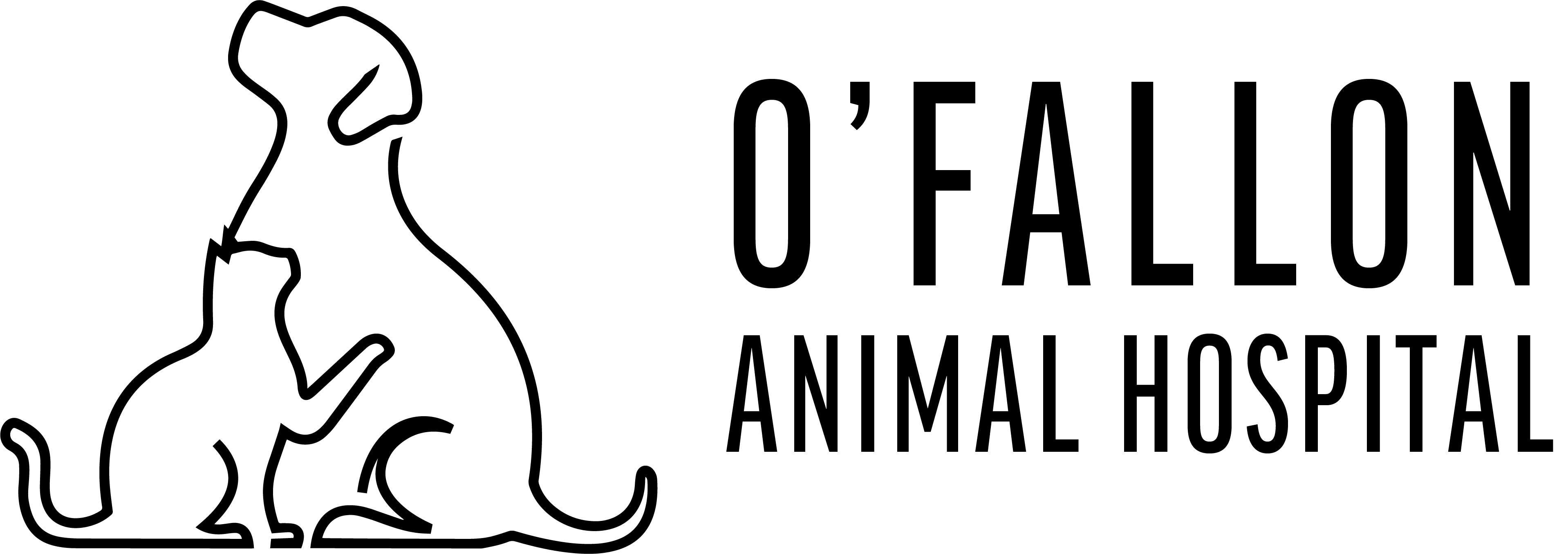Library
-
Azathioprine is an immune suppressing medication given by mouth or as an injection and is mainly used off label to treat immune-mediated diseases in dogs. Common side effects include gastrointestinal upset and bone marrow suppression. This medication should not be used in pets that are allergic to azathioprine or are pregnant. It should be used with caution in pets with liver or kidney disease. If a negative reaction occurs, please call your veterinary office.
-
Azithromycin is given by mouth or injection and is used on and off-label to treat a variety of infections. Give as directed. Common side effects include stomach upset. Do not use in pets that are sensitive to macrolide antibiotics. If a negative reaction occurs, please call your veterinary office.
-
Azodyl® is a nutritional supplement that may decrease azotemia, a condition in which there is too much nitrogen (in the form of urea, creatinine, and other waste products) in the blood. Azotemia occurs in both dogs and cats that have chronic kidney disease (CKD). In theory, Azodyl® works by adding nitrogen-consuming bacteria into the intestines. Azodyl® should be considered an adjunct (secondary) treatment for CKD.
-
Babesiosis is a tick-borne infection due to Babesia protozoal parasites. The disease primarily spreads through an infected tick's bite, but direct animal-to-animal transmission may also occur. Dogs typically present with the acute and severe form of babesiosis, characterized by abnormal dark urine, fever, weakness, pale mucous membranes, depression, swollen lymph nodes, and an enlarged spleen. The disease can be transmitted to humans through a tick bite.
-
Bacterial pneumonia is an inflammation of the lung, usually caused by a bacterial or viral infection, but can be caused by inhalation of an irritant. Typical signs of bacterial pneumonia include fever, difficulty breathing, lethargy, and coughing. As these can also be caused by other diseases, diagnostics include a full physical exam, blood work, and radiographs, and may also require bronchoscopy or tracheal lavage to collect samples for cytology and bacterial culture and sensitivity. Treatment includes the use of one or more antibiotics that ideally would be selected using the results of a culture. Affected dogs may also require hospitalization and supportive care including intravenous fluids. The prognosis depends on the severity of the disease and whether there are any predisposing factors.
-
Bandages and splints protect an injured or wounded area of the body. It is important to closely monitor your cat's bandage or splint to ensure it does not slip or become wet or soiled and to ensure there is no discharge or foul odors indicating infection. This handout explains optimal bandage and splint care for your cat at home as well as possible complications that will require veterinary attention.
-
Bandages and splints protect an injured or wounded area of the body. It is important to closely monitor your dog’s bandage or splint to ensure it does not slip or become wet or soiled and to ensure there is no discharge or foul odors indicating infection. This handout explains optimal bandage and splint care for your dog at home as well as possible complications that will require veterinary attention.
-
Barking is a normal and natural behavior for dogs. Underlying physical and behavioral illnesses can trigger barking. Many types of barking can be prevented by ensuring your dog’s needs are met, and by using positive reinforcement to train desired behaviors. This handout provides example scenarios and sample training plans using the ABC method.
-
Basal cell tumors are a common type of skin tumor arising from cells in the deeper layers of the skin. They vary in size, from a few centimeters to inches in diameter, and most commonly appear as single, firm, hairless, raised masses in the skin, often on the head, neck, or shoulders. Most of these tumors are benign but removal may still be considered to prevent trauma or secondary infection. Surgical removal is curative in most cases.
-
Baylisascaris procyonis, also known as the raccoon roundworm, is a parasite found in the intestinal tract of many raccoons. In some cases, this parasite may also spread to dogs and cats.

